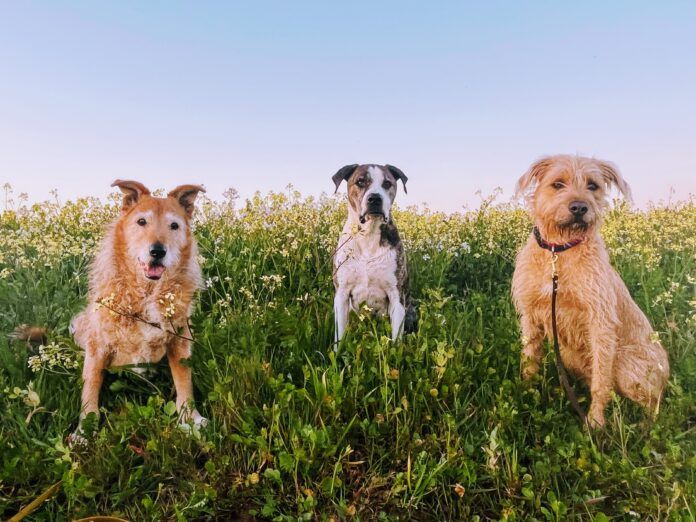
I just received the results of my youngest dog’s mixed-breed DNA test from Embark; I already had results from Wisdom Panel. Over the years, I’ve submitted DNA samples from all three of my dogs to both of the most reputable providers of mixed-breed identification tests. In my opinion, the results have gotten more accurate over time – and they even concur on much of the information returned. With one interesting exception – see if you can find it.
Otto
Embark
21.3% American Pit Bull Terrier
14.1% Australian Cattle Dog
13.2% German Shepherd Dog
12.3% Chow Chow
10.3% Labrador Retriever
8% Border Collie
4.3% Rottweiler
16.5% “Supermutt”
Wisdom Panel
12.5% American Staffordshire Terrier
12.5% Australian Cattle Dog
12.5% Border Collie
12.5% Chow Chow
12.5% German Shepherd Dog
37% Mixed Breed Groups
Woody
Embark
40.8% American Pit Bull Terrier
30.3% Labrador Retriever
19.9% American Staffordshire Terrier
9.0% Olde English Bulldogge
Wisdom Panel
62.5% American Staffordshire Terrier
25% Labrador Retriever
12.5% Mixed Breed Groups
Boone
Embark
42.0% American Pit Bull Terrier
29.1% American Staffordshire Terrier
8.1% American Bulldog
8% Boxer
4.7% English Springer Spaniel
Wisdom Panel
36% American Staffordshire Terrier
29% American Pit Bull Terrier
6% Boxer
6% German Wirehaired Pointer
5% American Bulldog
5% Springer Spaniel
4% Great Dane
3% Australian Cattle Dog
2% German Shorthaired Pointer
2% Labrador Retriever
2% Chow Chow
Embark thinks that ALL of my dogs have more American Pit Bull Terrier in them than anything else; Wisdom Panel thinks that all of my dogs have more American Staffordshire Terrier in them than anything.
Despite owning three of these dogs with an apparent preponderance of “bully” breeds in them, I don’t know how American Pit Bull Terriers and American Staffordshire Terriers can be so interchangeable. Who can explain this, in simple terms? I’ve read a dozen articles and am still mystified. At least the companies are consistent in their results!




